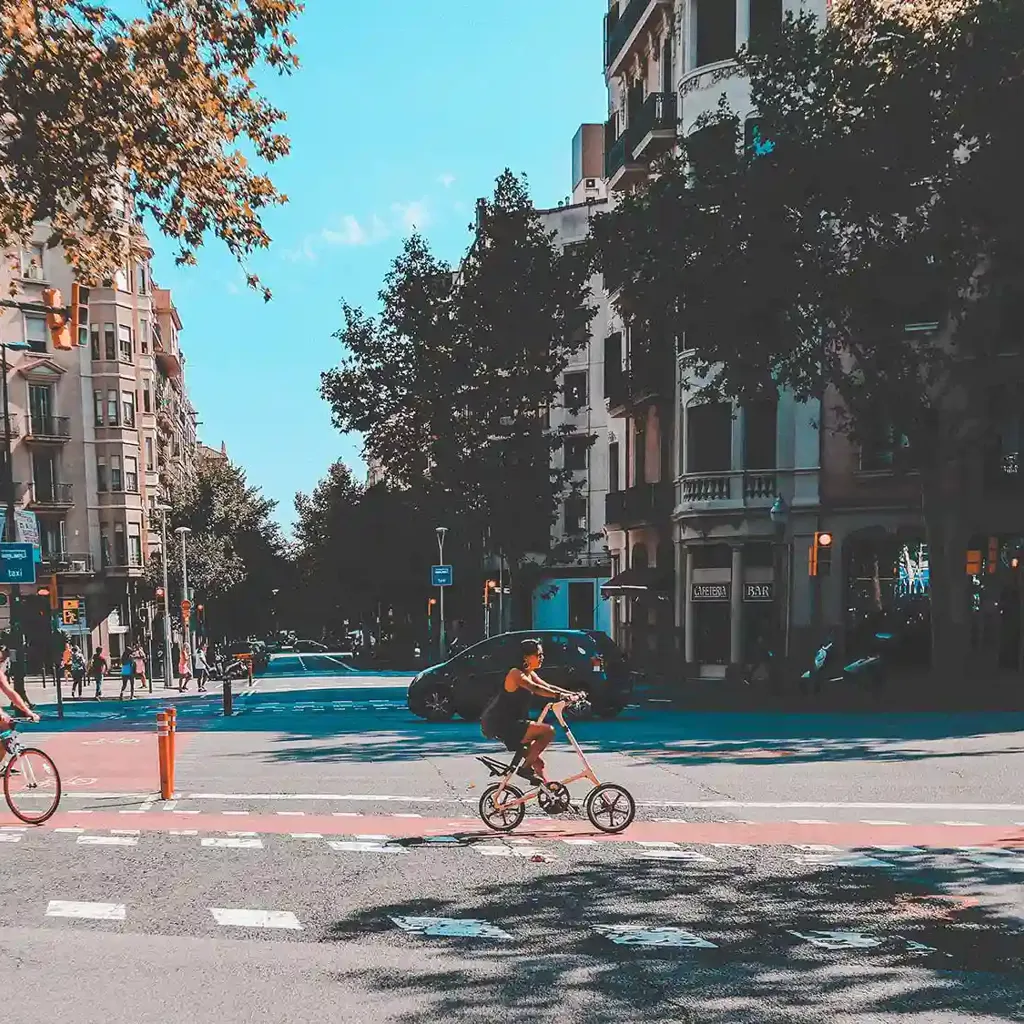A new vision for urban highway infrastructure
To help right historical harms, American cities are actively reconceiving highway segments to better reconnect neighbourhoods.
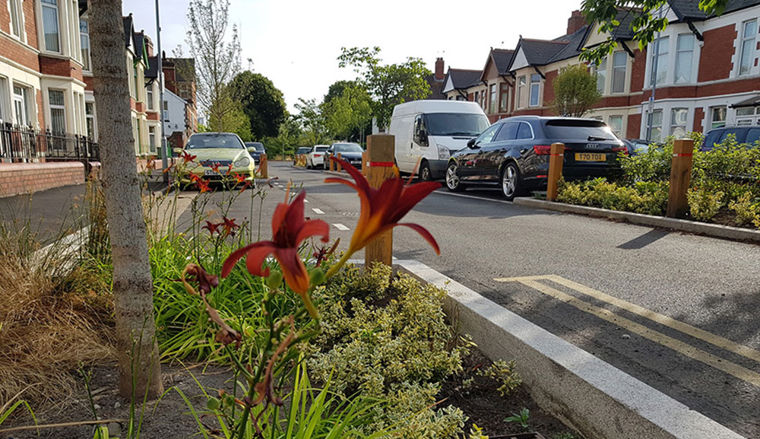
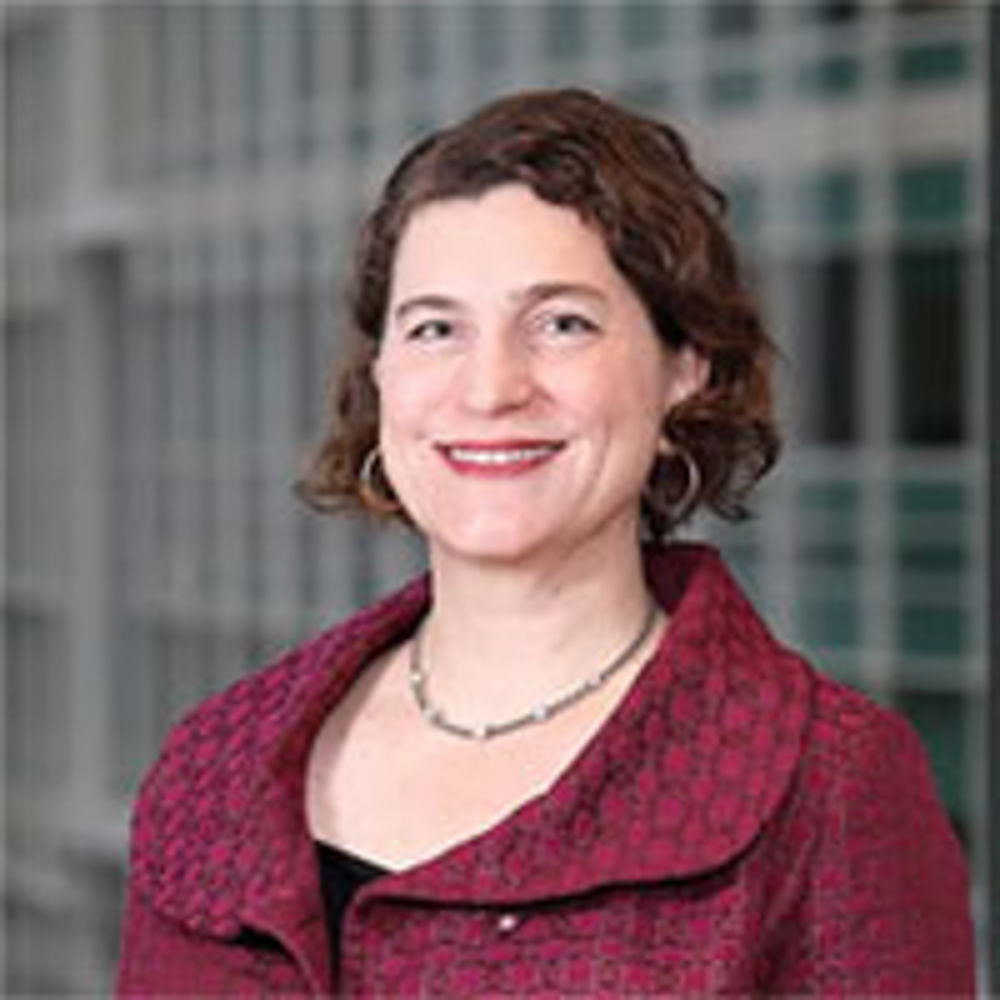
Americas West Highways Business Leader
Kate White
Principal
Constructed starting in the 1950s, the US Interstate Highway System, connecting the country with over 47,000 miles of state highways, was seen as the pathway to a prosperous economic future for the country.
While the economic impact is undeniable, this growth came with social and environmental costs that endure today as urban highway segments cut through communities of color. Roughly one million people were displaced to make way for urban highway infrastructure.
The post-WWII preeminence of the automobile justified carving through cities — often systematically bisecting already redlined neighborhoods in the name of urban renewal. Unlike some predominately white neighborhoods that were able to fight back, such as New York City’s Greenwich Village, many communities of color lacked the resources or political clout to resist these changes. Black neighborhoods disproportionately lost homes, businesses, churches, schools, and parks through eminent domain. For those who remained, the highway became, and continues to be, a redline in concrete, enabling vehicles but restricting human mobility and effectively creating a barrier to opportunity, community stability, and even good health with the asymmetrical impact of traffic-related air pollution and its correlated illnesses like asthma.
Today, with many highway segments over 50 years old and in states of disrepair and obsolescence, we are at a critical juncture. We must rethink how our highways disrupt urban areas and how roadway redesign can be foundational to addressing historic injustices. To help right historical harms, American cities are actively reconceiving highway segments to better reconnect neighborhoods. And federal funding is further elevating community-building approaches with infrastructure rehabilitation such as removing, reducing, or redesigning highway segments.

Beyond moving cars
Our transportation priorities no longer focus exclusively on vehicle performance. The value of reduced air and noise pollution and walkable, open streets became especially apparent when the pandemic ground city traffic to a halt. Innovative transportation design that considers the broader value to communities and our planet encompasses a wider set of outcomes including equity and justice, safe and accessible streets, clean air, and economic benefits for local communities.
Climate change alone demands a recalibration of transit modes. Carbon emissions from vehicles in the US comprised 25.8% of GHG emissions in 2019. Yet now gasoline-powered car culture is beginning to give way to multiple modalities, requiring forward-thinking transportation planning to safely accommodate this diversity. Transit must also embrace access for all demographics and consider the nondriving elderly or those without a personal vehicle.
Our priorities towards city life have also changed. Planners and developers recognize how urban public spaces that are aesthetically pleasing, uplifting, and celebrate cultural identities and community pride also deliver accrued value to adjacent development.
As cities become more desirable places to live, however, many poor residents are being priced out, aggravating a new cycle of suburbanization of poverty. To protect and keep communities of color intact, some cities are employing a range of housing strategies along with the understanding that well-integrated transportation infrastructure in cities is critical for neighborhoods to thrive and create wealth.
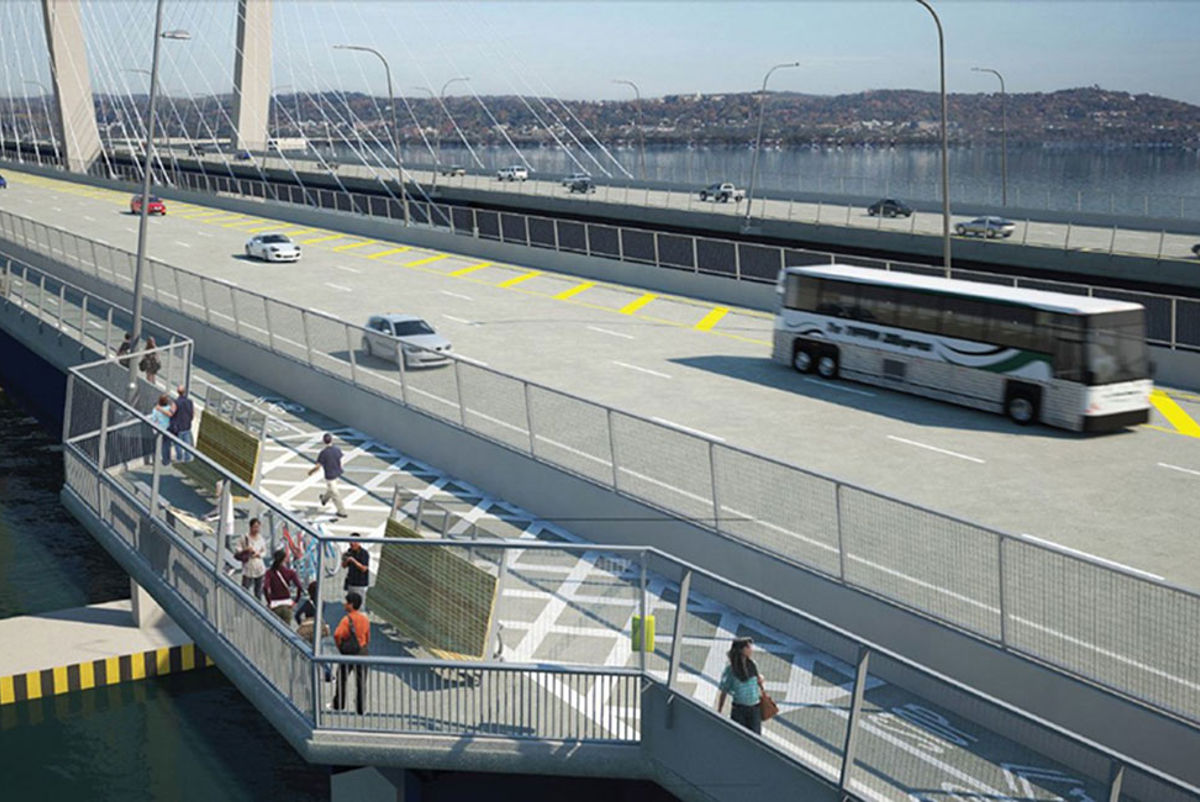
Strategies for community outcomes
Every location will have its unique challenges, contexts, and needs, calling for different combinations of solutions, but all present an opportunity for neighborhood roadways to be used to rebuild communities while managing traffic demand. Highways and spurs in metropolitan areas can be redesigned to be sunk underground, covered, converted to boulevards, redirected, or — in some cases — removed altogether, thereby knitting back together neighborhoods divided long ago.
Tunneling roadways to allow for land reconnection is a strategy that can both improve traffic and public access to nature, as with the Presidio Parkway in San Francisco. Burying or converting elevated highways to street-level boulevards reconnects neighborhoods with active mobility pathways and open, daylit vistas. California provides design guidance for state highways that also serve as main streets to accommodate access for all travelers — a concept that has long been employed in Europe, such as in Belfast and London. Additionally, cities can use streets to create quality public spaces while addressing resiliency and climate change, like the Greener Grangetown “rain garden” drainage system in Cardiff, Wales.

Leading with impacted communities
Whatever solutions are applied, transportation reinvestment should focus on equitable city-building and economic development policy tools to ensure historically impacted communities are key beneficiaries of newly connected, livable neighborhoods. For neighborhoods that have been fragmented, this work can include locating descendants of displaced residents and appointing these families with leadership roles in the rebuilding process.
A wealth of community coalitions composed of dedicated residents, local government officials, and activists are advocating to “rightsize” urban highways in cities across the country. These groups are well-positioned to lead the process of rebuilding, owning, and reconnecting their neighborhoods. Planners, architects, engineers, and economists are supporting these non-profit and grassroots efforts through multidisciplinary and context-sensitive design solutions, which are making their way into state highway projects.
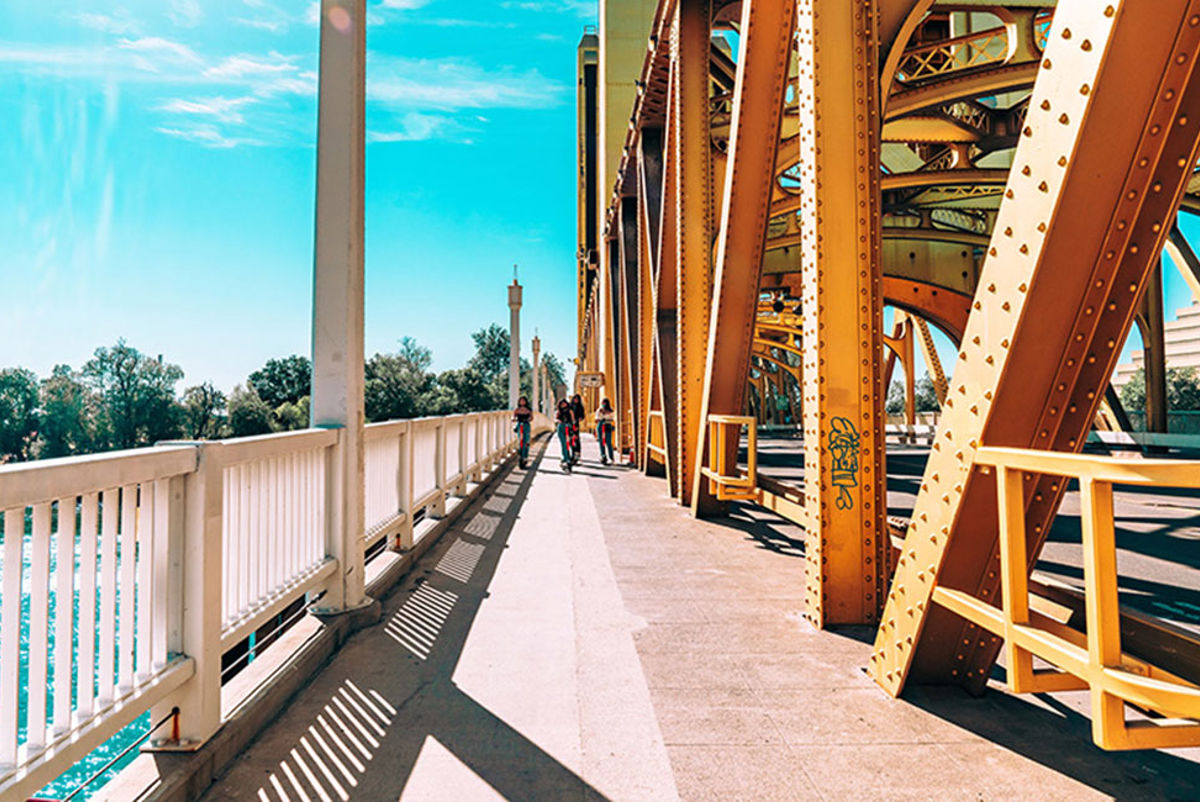
Ensuring progress for people
Urban regeneration projects guided by such neighborhood interests will inevitably illuminate components critical to healthy neighborhoods beyond improved transportation like housing, economic opportunities, small business incubators, and community services such as parks and health clinics.
It is imperative to have direct community participation and input in planning city transportation infrastructure. As part of the Rose Quarter Improvement Project of Portland, Oregon, the majority-Black community displaced by the construction of I-5 in the 1960s is guiding the vision for a cover over the buried highway, cultivating community wealth, health, and cohesion.

To ensure the hard work of community input into transportation planning is honored, city, regional, and state transportation public officials must be engaged. Additionally, to holistically plan for desired community outcomes, involvement must expand to incorporate relevant departments such as housing and economic development agencies in addition to traditional transportation departments. This enables cross-sectors to leverage potential synergies, capture benefits, and maximize positive impact.
To understand how past, present, and proposed systems might contribute to racial inequality and to guide decision-making, some federal, state, and local agencies are beginning to conduct racial equity impact studies. These governance frameworks provide guidelines for new development to include minority-owned business development, job creation and workforce enrichment, homeownership programs, wealth building initiatives, and cultural and community legacy initiatives.
Making improvements a reality
Embracing community priorities, a holistic approach to urban regeneration can enable visionary solutions that are technically, financially, and practically feasible. Financing can be augmented by land value capture from removed or covered highway segments, as with the recessed interstate concept for an interstate section in downtown Indianapolis. A freed up 10 million square feet of developable land can potentially generate more than $2 billion in real estate investment and at least $55 million a year in additional property tax revenue.
Traffic studies serve to reassess status quo approaches, opening up new solutions for enhanced vehicular flow while unlocking development potential and public health benefits. Through such an analysis, Arup determined that the planned costly tunneled section of I-5 in Portland’s Rose Quarter could be reduced in width to both reduce project costs and allow for improved development potential on and adjacent to the highway covers, while still accommodating projected traffic demand.
Our interstate system is still vital for transportation and goods movement between our cities and states. However, how highways interface with the human environment requires us to reevaluate its purpose and function within cities. The questions we should be asking ourselves as we reinvest in highway infrastructure include:
-
What role should the urban sections of interstate highways perform today?
-
Where are opportunities to tunnel, cover, cap, or redirect vehicle traffic away from people?
-
How can last-mile deliveries be made by more sustainable modes?
We need to reconceive how our cities’ roadways could and should work with an entirely new set of priorities that address historical harms, lower emissions, create healthier cities, and foster economic development, all while designing for the future of transit.
Get in touch with our team



